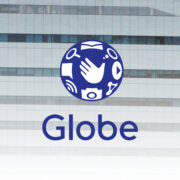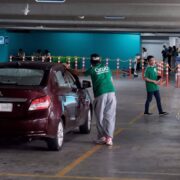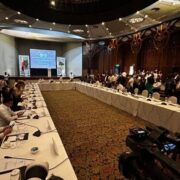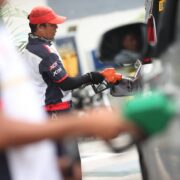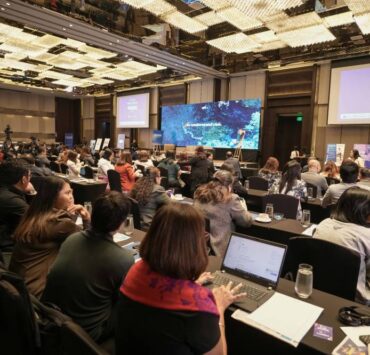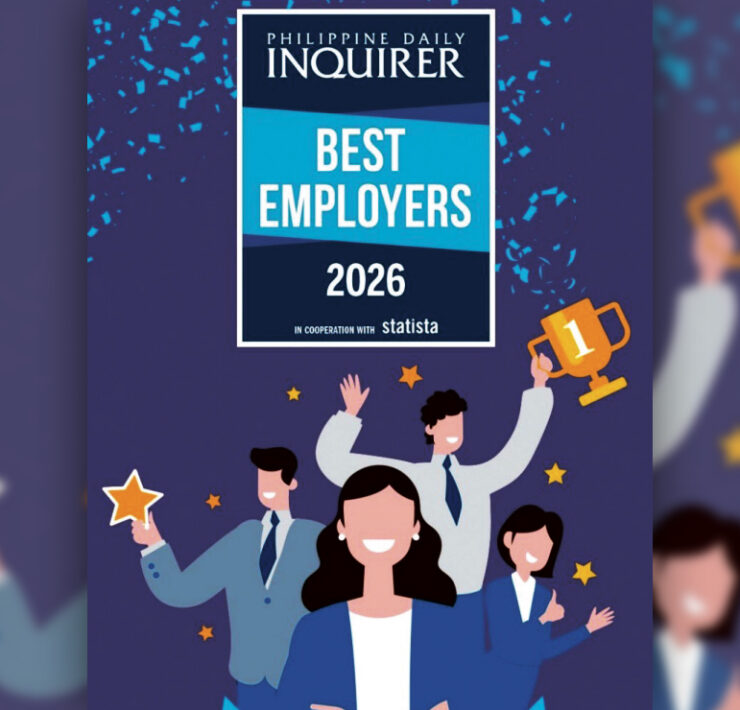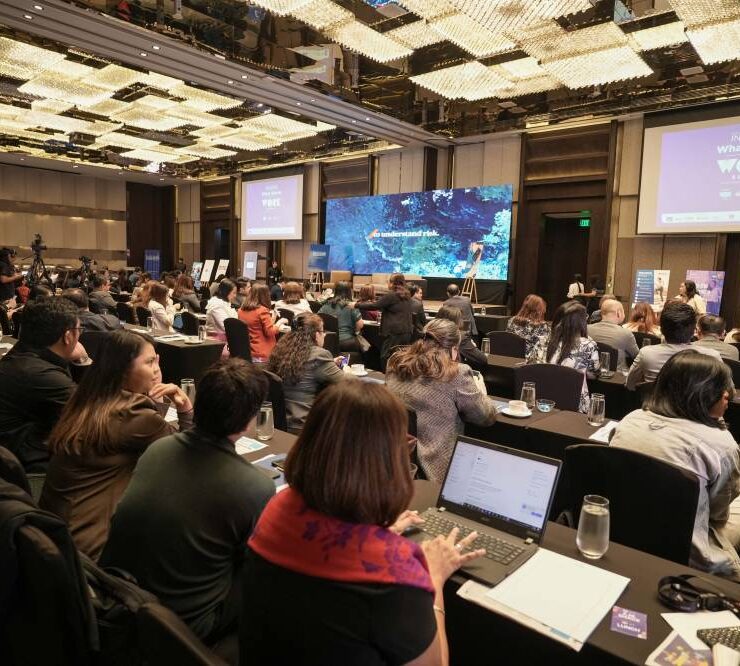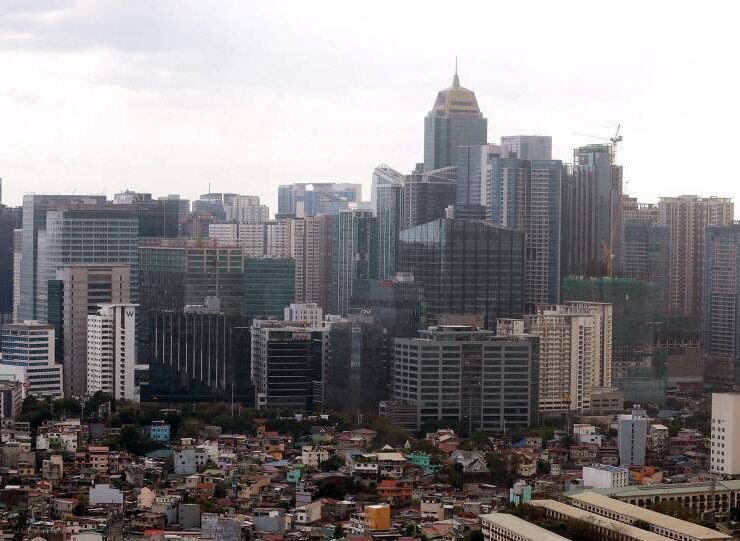Workplace challenge: Making workers want to go to work
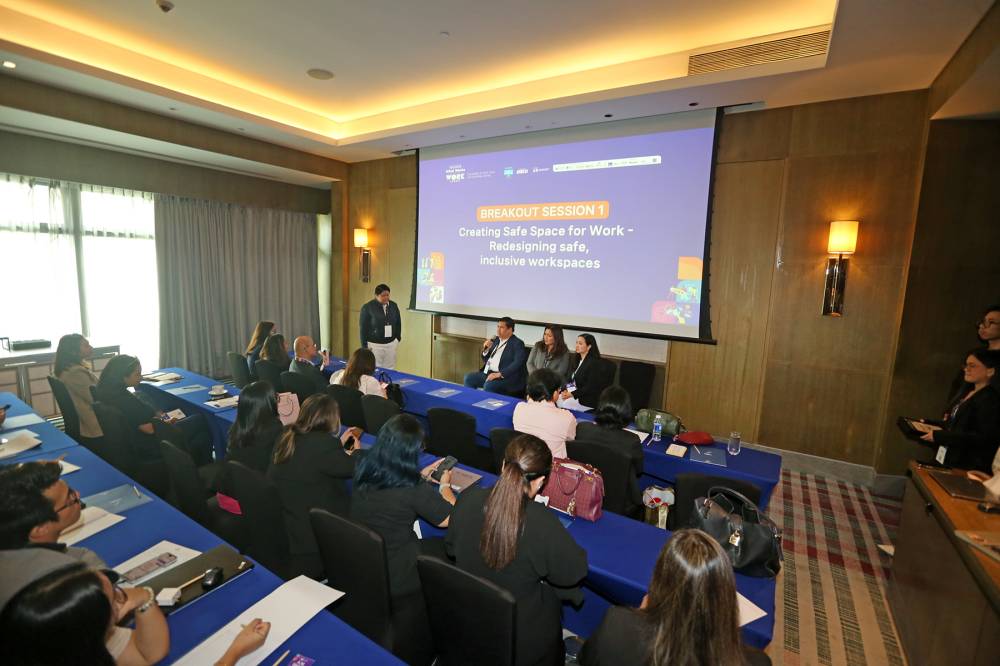
Far from fads in the workplace, standing desks, collaborative spaces and all-gender restrooms point to a clamor among employees to feel safe, welcome and inspired while they fulfill their tasks.
That was clear during “Creating Safe Space for Work: Redesigning Safe, Inclusive Workspaces,” one of the breakout sessions at the Philippine Daily Inquirer’s What Works at Work Summit 2024, held on Nov. 11 at the Hilton Manila Hotel.
Architect Richelle Baria, also an educator at the College of Architecture at University of the Philippines Diliman, kicked off the session by defining the key concepts of safety and inclusiveness for the audience of human resource practitioners.
“When you say safe, you are secured from threat or danger, or harm or loss … [and] it’s not just physical but also psychological … When you say inclusive, you accommodate people who have been historically excluded,” she said. “When you combine them, our goal is designing spaces where workers feel comfortable and welcome.”
Three pillars
In redesigning workspaces, people may consider three pillars, she noted. These include barrier-free infrastructure (designing that welcomes the disenfranchised, including people with disabilities, women and LGBTQ+); inclusive utilization (hiring more diverse sets of people); and space sensibility (engaging the senses through design for greater engagement and immersion).
As examples, she cited all-gender restrooms, placement of sitting and standing desks, thoughtful lighting, intentional delineation of areas for independent and collaborative work, and intuitive wayfinding.
Panelist Cleo Albiso, managing director of Megaworld Hotels and Resorts, challenging the audience, then asked: “How far can we go to rally for a safe working space; not just to deliver the goods and the metrics that we are meant to measure and deliver for, but also to make sure that the core of the resource that delivers the numbers and the bottom line is well taken care of, in the real sense?”
She implored the participants to create “genuinely safe spaces,” where opportunities for promotion and to acquire new skills are for all and harassment and discrimination are shunned.
Away from traditional
Office-space developments today reflect how companies are not taking lightly employee demands for safe and inclusive spaces, a trend fueled by COVID-19 pandemic learnings, said Colliers Philippines director Joey Roi Bondoc.
“Right now, we’re seeing that developers have been aggressive and proactive in terms of catering to this preference for a safer and more inclusive workplace,” he said. “[It’s] also about having a more collaborative and open, flexible office space… We have all these LEED-, GREEEN-, BERDE-certified office spaces; sustainability is key.”
To get to what employees truly desire, “you [should] have eyes that understand what each person goes through,” said Albiso.
In agreement, Baria noted: “Like what was mentioned earlier on, there are lots of principles that we can integrate into our office space designs, but nothing beats knowing who your users are and what their needs are.”
“So, let us expand our understanding that our users are not just the common Maria or Juan, but there are a lot of them—and we have to get to know them,” she noted.
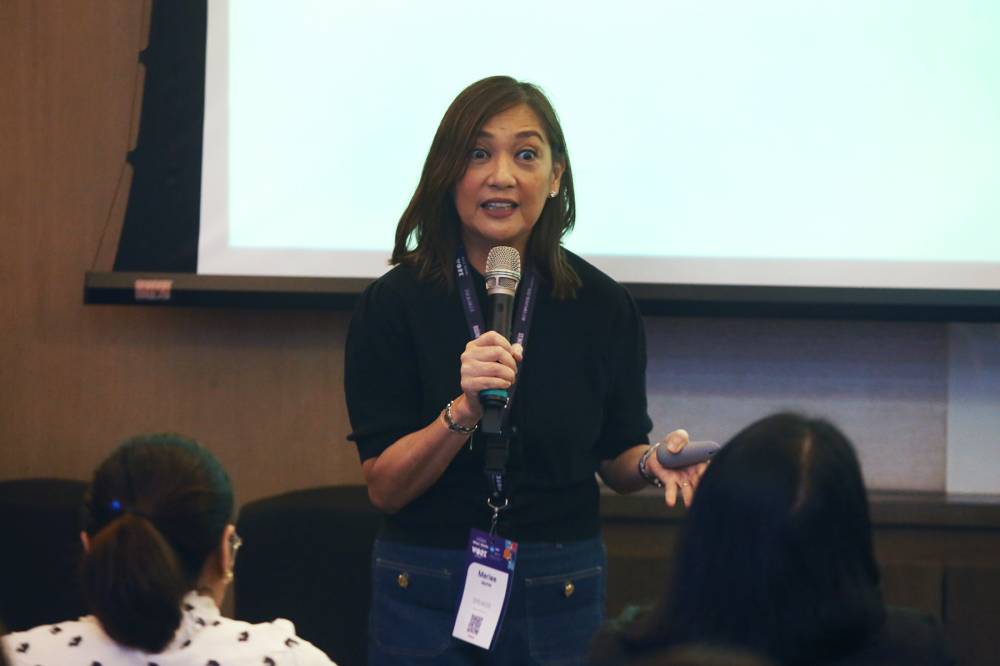
Consistency
Consistency also surfaced as a helpful attribute for companies during the second breakout session, “Attracting and Retaining Top Talent.” It was a two-part event where Merlee Jayme, chairmom of The Misfits Camp, spoke about branding and reputation, and Yu Ming Chin, founder and executive director of Viventis Asia, tackled employee retention strategies.
Branding and reputation needed to be positive for any company to attract new talent, said Jayme. However, at the level of employee retention, or keeping people in the company, the rhetoric had to match culture and practice.
When they make it into the company, employees would begin to scrutinize company values. Ultimately, she said, employees liked to work for companies that had competent, ethical and passionate leaders at the helm and whose policies showed generosity and empathy, as well as a focus on well-being and diversity.
“Your branding and reputation, check it … Check what’s on the door and what’s inside the door,” she said.
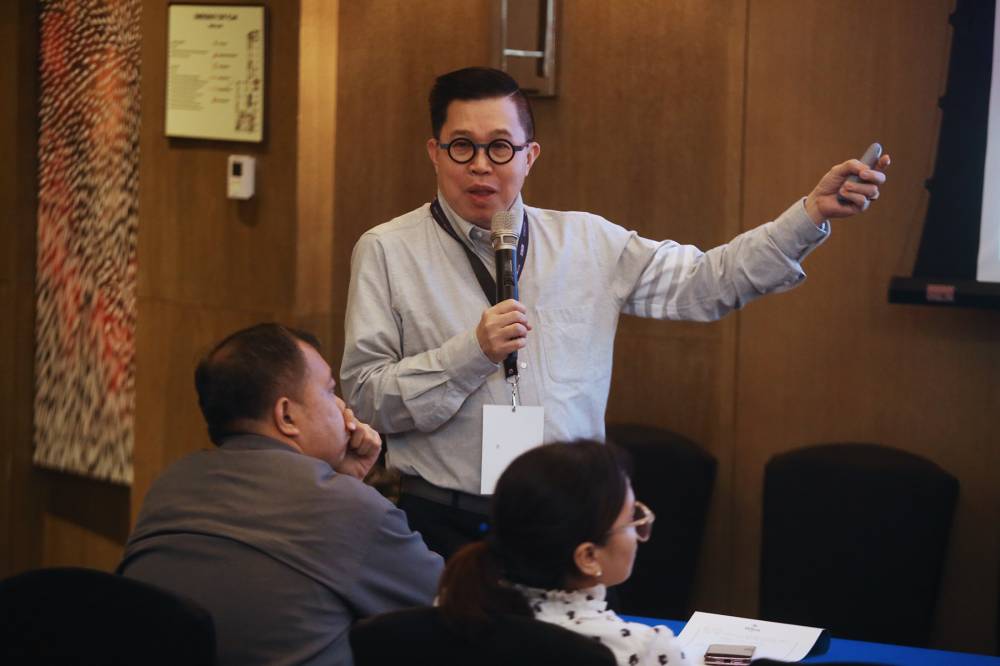
Attraction, retention
Yu provided three general reminders to ensure success in getting and keeping talent.
“First, employee retention and talent attraction should cover the entire employee cycle,” he began. He criticized some companies that would invest heavily in hiring and onboarding but forgot to ensure that, in the long term, they would engage with—and be loyal to—the company.
He recommended that companies should check their reputation, compensation and benefits, company culture, diversity and inclusion, work-life balance and work environment.
“Address the quiet quitter,” he added. Quiet quitting involves doing the bare minimum at work, no longer demonstrating initiative or improvement. According to research, some 7 in 10 workers in Southeast Asia were quiet quitting.
Finally, Yu said, “Adopt the key metrics and resolutions to measure and grow real employee engagement.”
Companies should monitor how long employees spend at work beyond their normal schedule, how well they participate in meetings, how they relate with their higher-ups and their coworkers, etc., he noted. They must design their tools and processes for their contexts.


